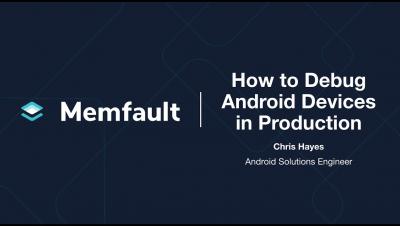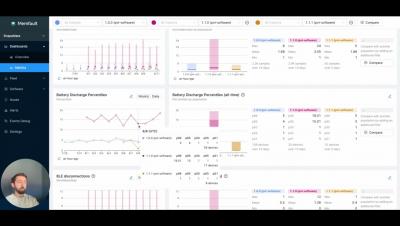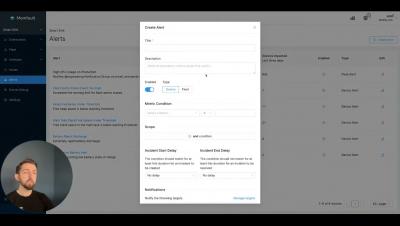Securing Firmware Updates With AES Encryption
Connected devices require a secure point-to-point channel to ensure that there is no possibility of exposing important data for the integrity of an embedded system. This is especially true when we talk about over-the-air (OTA) software updates, where the new firmware has a long way to go before reaching its destination and being installed by our bootloader. In this publication, we will explore a simple method to encrypt the firmware using the AES algorithm, using open-source libraries in Python.








